Balboa Park: The Isthmus

The Isthmus
Think of the Panama-California Exposition Isthmus as a kind of fun zone, fondly referred to as a place of jollity, with its midway-like carnival atmosphere.
The Isthmus, named after the Isthmus of Panama, was a half-mile amusement street that extended from the Southern California Counties Building to the north gate in what is the zoo’s parking lot today. Within it, the Old West-themed ’49 Camp was reportedly the most highly attended attraction — probably the most popular at the entire 1915-16 fair. Flirty dancing ladies drew visitors and gambling with play money was encouraged. Not surprisingly, some righteous San Diego citizens objected. Historian Richard Amero noted that “Acting on complaints from church going people, District Attorney D.V. Mahoney arrested S. A. Burnside, manager of the ’49 camp June 17 for conducting a gambling operation.”
The public enjoyed dancing and a 15,000-square-foot dance hall was opened. Giuseppe Creatore and his band arrived at one point for a two-week stint, and other bands visited as well, including the Pacific Electric Band, Los Angeles Silver Star Band, and Ford Motor Band. Some attractions even boasted their own orchestras. The Cristobal Cafe, the Hawaiian Village, and assorted dance halls all offered music.

A War of the Worlds show was another popular attraction. There was also a Chinatown that housed an underground pseudo opium den intended to depict the terrible effects of addiction. No doubt, such an exhibit would not be considered politically correct, let alone entertaining, today. The Isthmus also offered a theatrical representation of a Pala gem mine, a Ferris wheel, a roller coaster, and popular rides called The Toadstool and Climbing the Yelps. The Toadstool tested a rider’s balance and Yelps provided a simulated experience of being lowered into a volcano as it erupted. Not unlike today, people sought excitement. An ostrich farm, a Hawaiian Village, and a movie studio were wedged into the carnival-like area. Films of Isthmus activity were shot daily. The amusement street featured a lighthouse with a real beacon, and the Deep Sea Aquarium and Neptune’s Wonderland attractions complemented one another.

There was even a 250-foot replica of the Panama Canal, lest visitors forget the reason for this exposition, which after all was a giant celebration honoring the completion of the Panama Canal. Visitors from all over the country poured into San Diego. On May 22, 1915, for instance, records show 2,000 tourists visited the Isthmus from Los Angeles. On September 10 of the same year, the Cristobal Cafe hosted silent film stars Francis X. Bushman and Beverly Bayne on what was Movie Day at the Expo. Bushman was a major film star and having him and Bayne serve as king and queen added an extra touch of glamour. A parade through El Prado and an Organ Pavilion coronation preceded dinner at the Cristobal, which itself was followed by an evening ball on the Plaza de Panama.

As 1915 came to a close and the beginning of 1916 was anticipated, there was enormous satisfaction that a community of approximately 50,000 successfully mounted a major exposition. On December 31, 1915, every visitor to the Isthmus was given free admission to attractions and there was outdoor music played for dancing. At midnight a dramatic scene depicting the passage of 1915 was performed at the Cristobal Cafe. Follies girls and Asian dancers were replaced by a tableau. 1916 was a new year, but, even so, jollity continued at the retooled and renamed Panama-California International Exposition for a second year. DARLENE G. DAVIES
Historic Images Courtesy of David Marshall
Directory
The Great Panama-California Exposition
1915 Panama-California Exposition
Spreckels Outdoor Organ Pavilion
Gardens of the Panama-California Exposition
Legacy of the Foreign Arts Building
Panama-California Sculpture Court
Commerce and Industries Building
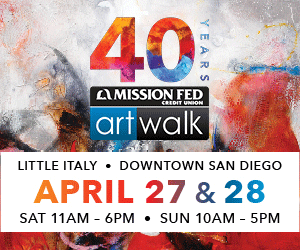


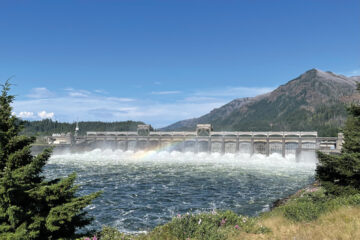
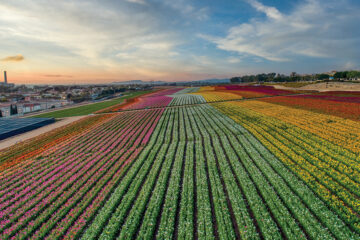
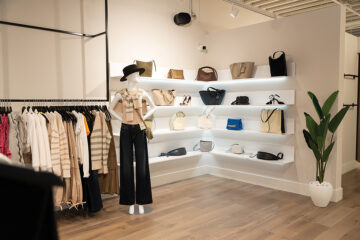
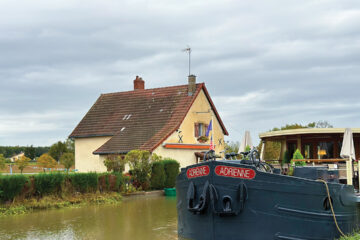
Comments